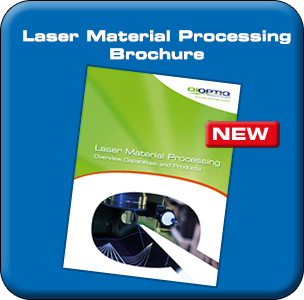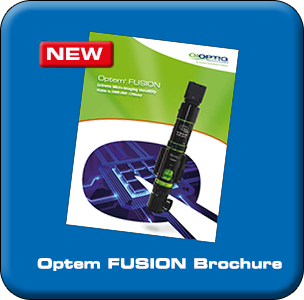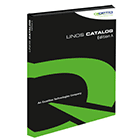- Optomechanics
- Precision Optics
- Singlets
- LINOS Achromats & Lens Systems
- LINOS Laseroptics & Lenses
- LINOS Machine Vision Solutions
- Micro Imaging
- Polarization Optics
- Mirrors
- LINOS Thin Film Coatings
- LINOS Faraday Isolators
- LINOS Laser Modulators & Pockels Cells
- Prisms
- Spectral & Neutral Filters
- Beamsplitters
- Optical Windows & Diffusers
- Optics Software
- Lightsources & Laser
- New Products
Print View:
Optics Handling

Optics Handling Note
General Precautions
- To reduce the possibility of damage, avoid handling the elements unnecessarily.
- Coated surfaces should never be touched. Always hold the optic element by its sides.
- Always wear powder-free finger cots, latex gloves, or lint-free cotton gloves when handling the optics. Bare hands might leave oils, fingerprints, and dirt, which will damage its performance.
- Do not use any tools or sharp objects when handling the optic element or when removing it from its packaging – this includes tweezers or picks.
- Prepare a clean and smooth work surface that is free of oils, grease, dirt, etc.
- Optic elements will easily scratch when placed on hard surfaces. Once the optic is unpacked, carefully place it on the lens tissue into which it was originally wrapped. Place the tissue and the lens on a soft cloth or on the foam in the package. The elements should be covered with a soft, clean cloth or the lens tissue to avoid contamination from the surrounding environment.
- Optic elements should always be separated so that they can not come into physical contact with each other.
- Optic elements should be stored in a restricted access area to eliminate handling by untrained personnel.
- Do not use isopropyl alcohol or acetone if the elements are mounted in an assembly, which may be soluble, by these solvents.
Method A
Condition of lens: dust or small loose particles on the surface
Cleaning method:
- Use a small air bulb to gently blow off dust and debris. Do not use compressed air from a compressor as it is not a "clean" source of air and can contaminate the surface.
- Gently place the provided optical-grade rice paper on the optic element. Slightly wet the paper with drops of Acetone or Isopropyl Alcohol\Ethanol (reagent grade), using a pipette and gently pull the paper toward the dry side away from the element, until there is no contact between them.
- If this method is not successful, proceed to Method B
Method B
Condition of lens: fingerprints, oil, other visual contaminants
Cleaning method:
- Use a new clean cotton ball, clean cotton swab, or a clean, soft all-cotton cloth (e.g. Opto-Wipes or cleaning cloth).
- Dampen cotton with Acetone or Isopropyl Alcohol\Ethanol (reagent grade). The cotton must not be dry.
- Slowly and gently, wipe the element in a regular pattern. Do not scrub the surface (scrubbing might damage the coating or the element itself). Gently wipe element in "S" motion, starting at the top of the surface. Work slowly in a back-and-forth horizontal sweeping motion to the bottom of the surface.
- If the surface is left with wipe marks, wipe it at a slower rate. When finished no streaks should be visible.
Small parts can be cleaned in one step. To clean parts with a large surface area, relatively small areas should be treated at a time. The cleaning should progress from area to area until the entire surface has been cleaned. Each small area is cleaned with a new clean cotton cloth as described under method B.







 Order Catalog
Order Catalog